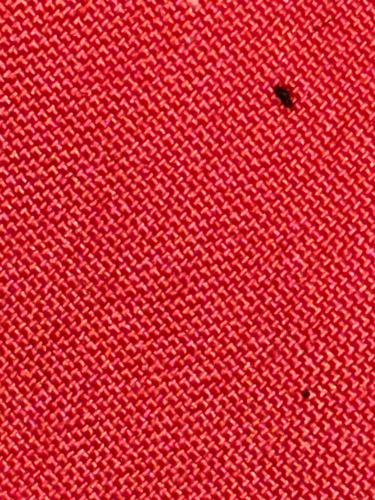Flea
Scientific Name: Siphonaptera (order)
Order & Family: Order: Siphonaptera, Various families (e.g., Pulicidae)
Size: Typically 1-4 mm (0.04-0.16 inches) in length

Natural Habitat
Fleas are parasites and can be found on warm-blooded animals (mammals and birds), as well as in their nests, bedding, carpets, and cracks in floors within homes and outdoor environments where hosts reside.
Diet & Feeding
Adult fleas feed exclusively on the blood of their hosts (hematophagy). Larval fleas feed on organic debris, including adult flea feces (flea dirt), skin flakes, and other organic matter.
Behavior Patterns
Fleas are wingless insects known for their exceptional jumping ability, using their powerful legs to move between hosts or escape threat. They undergo complete metamorphosis (egg, larva, pupa, adult). Adults are very active, especially when seeking a blood meal. They can remain in pupal stage for extended periods until a suitable host is detected by vibrations, warmth, or carbon dioxide.
Risks & Benefits
Risks: Fleas are considered pests due to their bites causing itching, skin irritation, and allergic reactions in humans and pets. They can transmit diseases such as plague (Yersinia pestis) and murine typhus, and are intermediate hosts for tapeworms (e.g., Dipylidium caninum). Benefits: In most ecosystems, fleas primarily serve as food for other insects or small animals, and their parasitic nature is generally viewed as a detriment to their hosts with no significant ecological benefit to humans.
Identified on: 9/11/2025